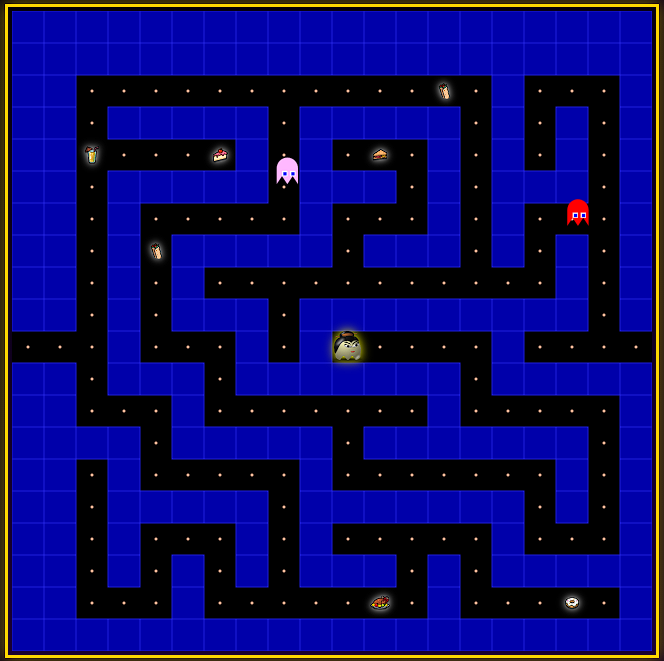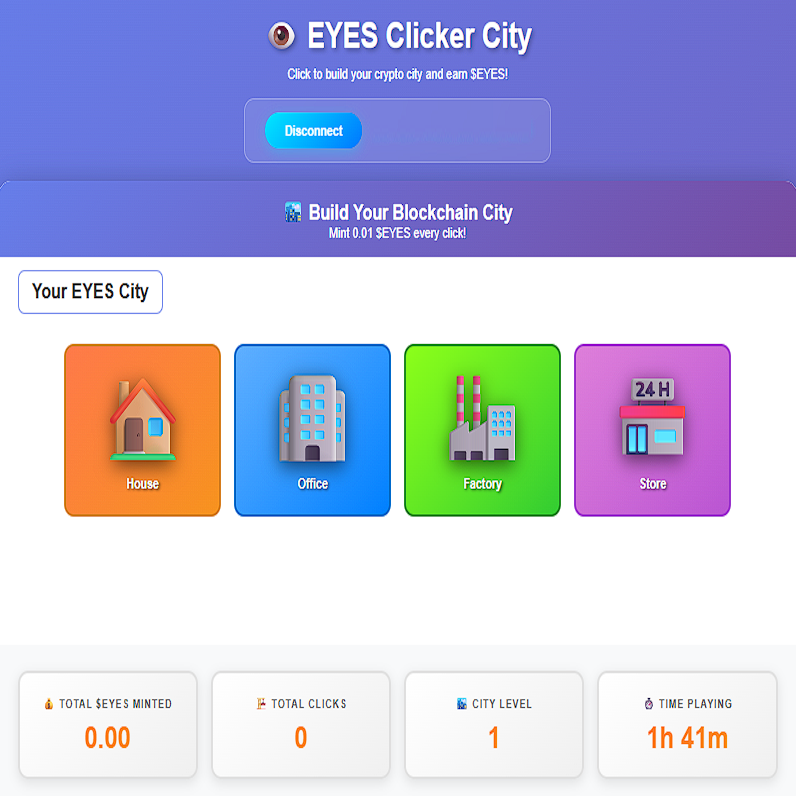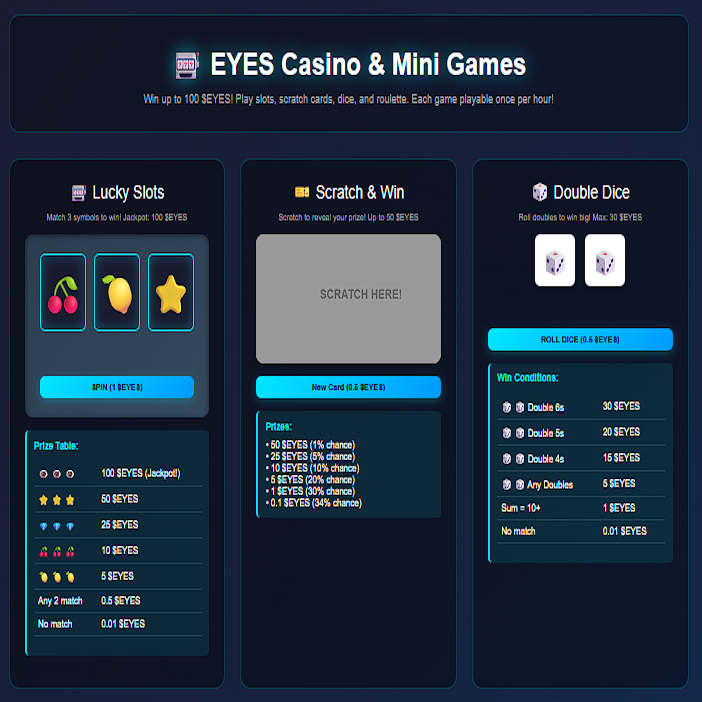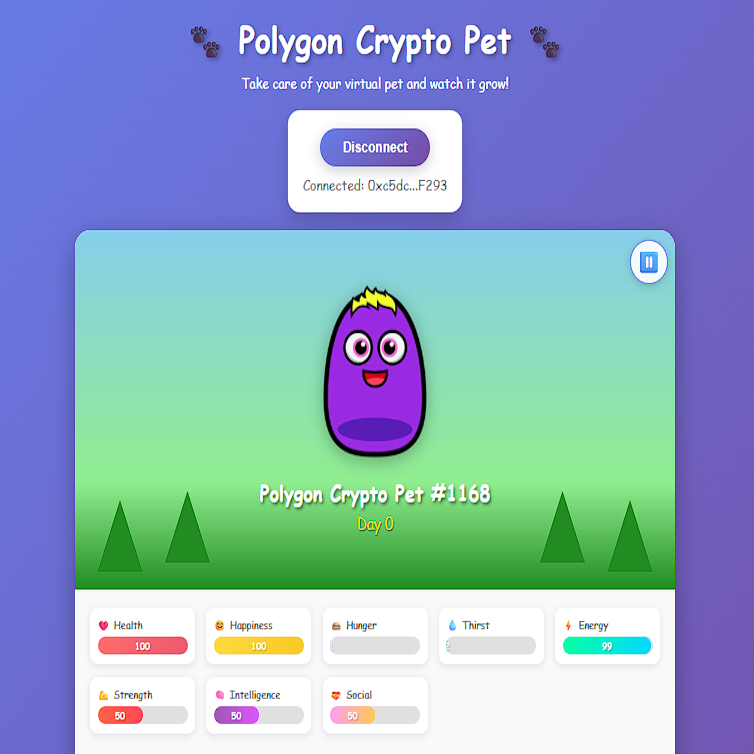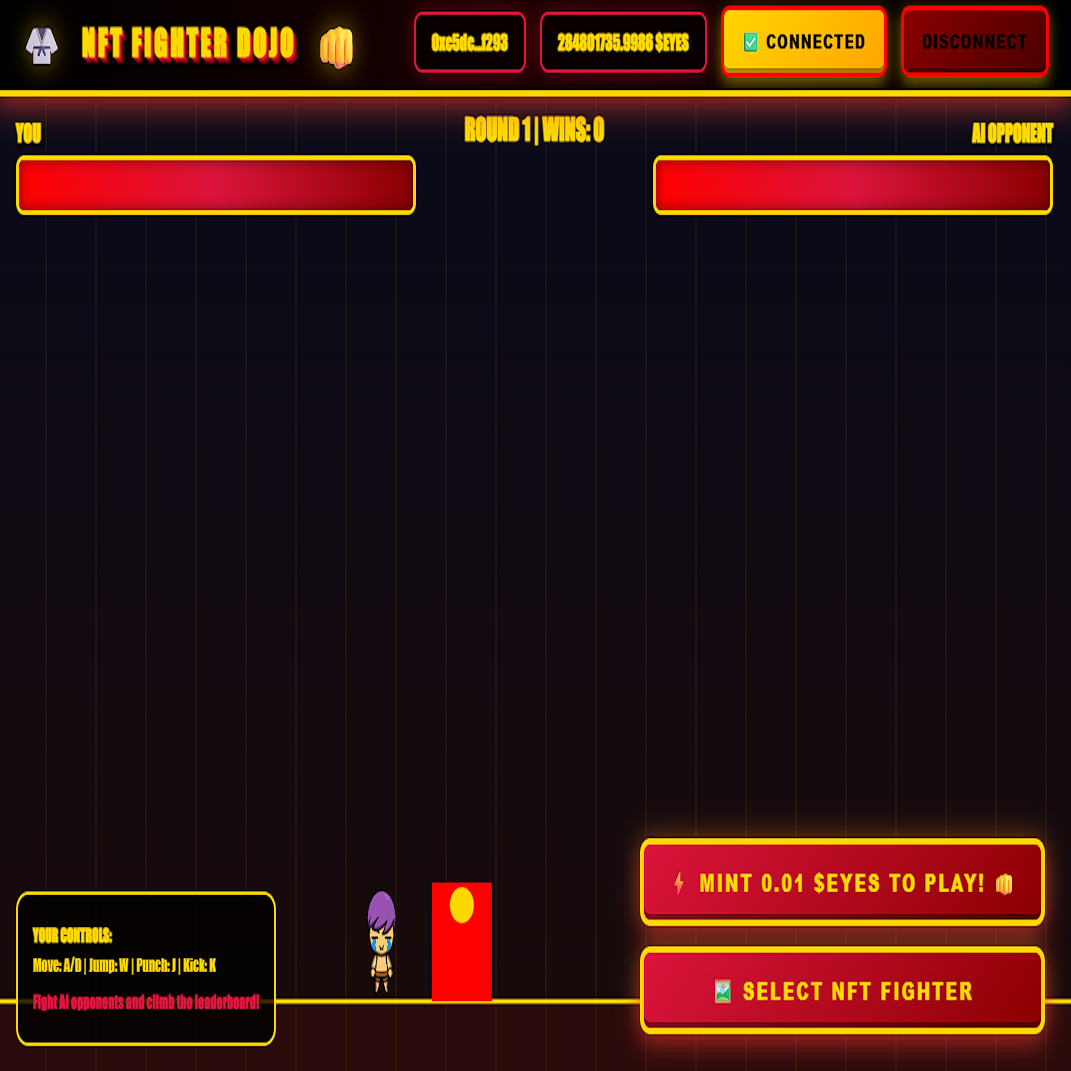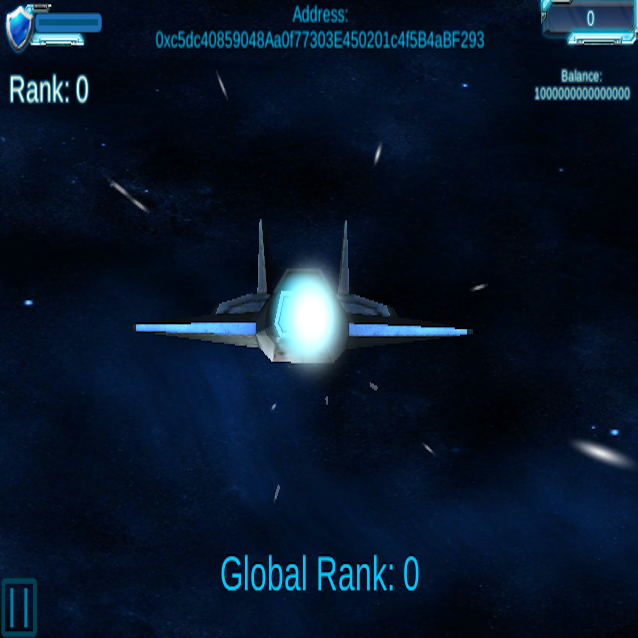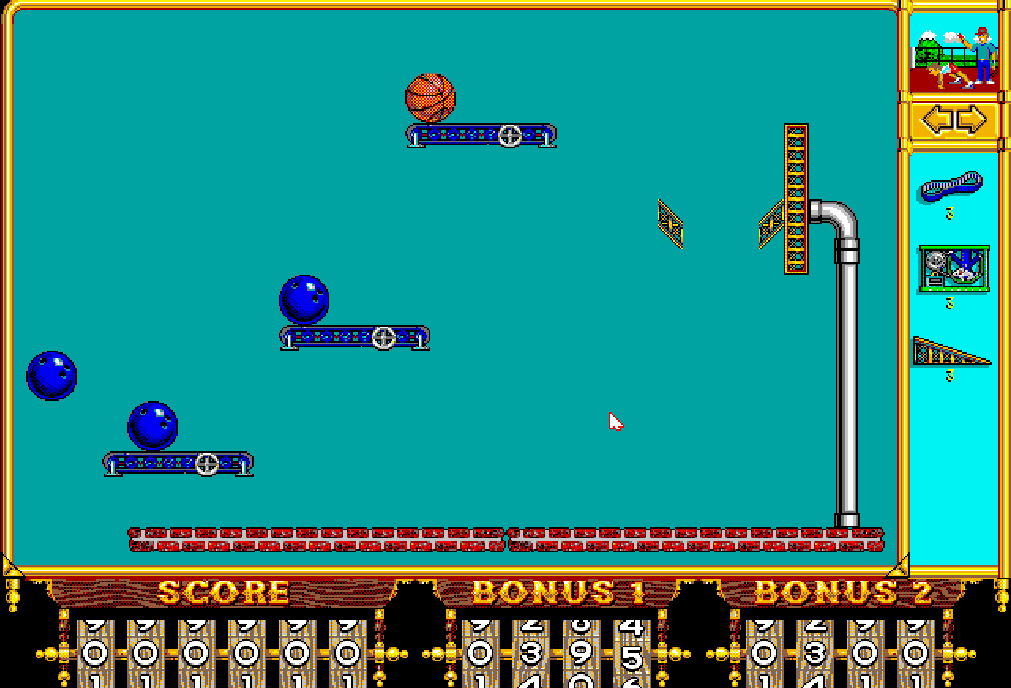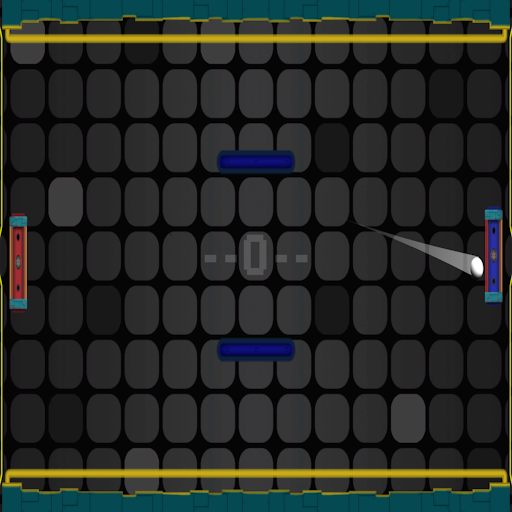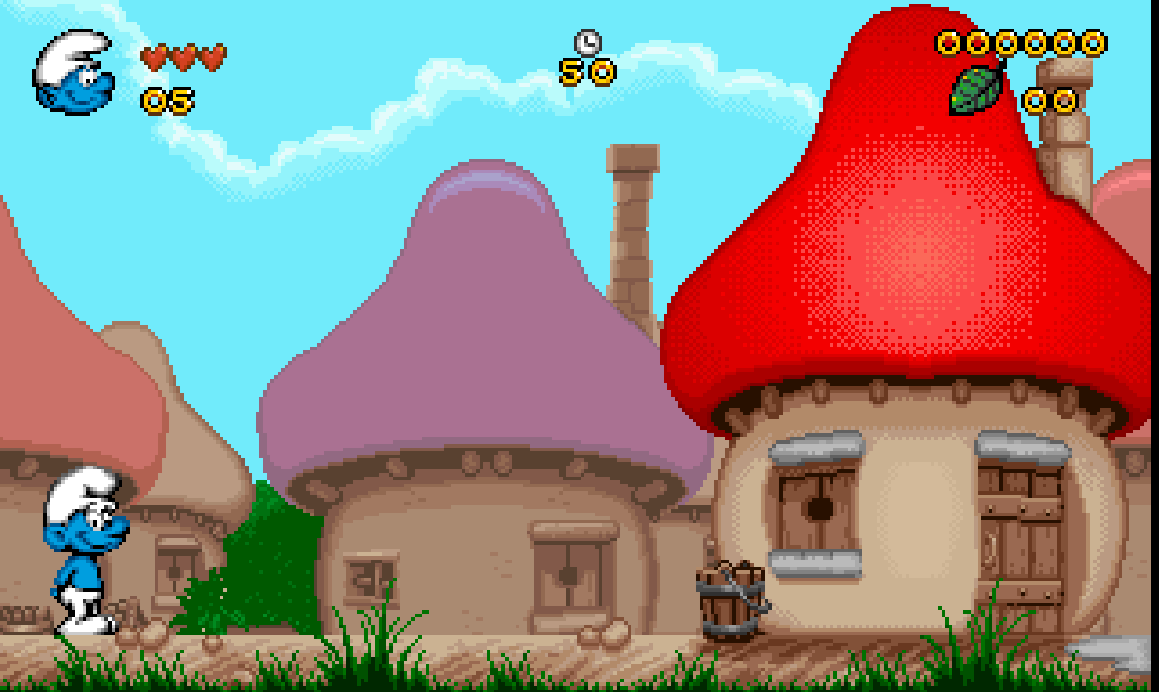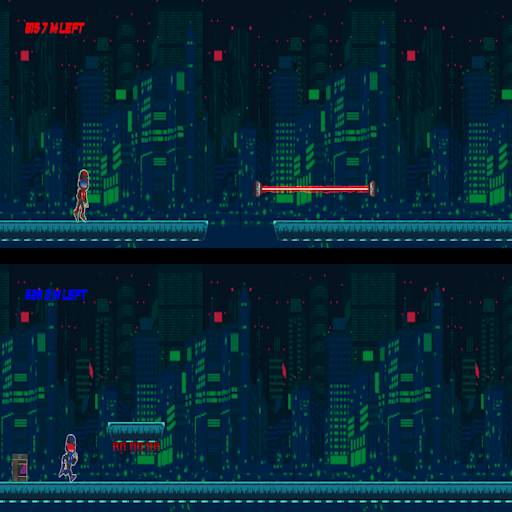Everyone hits that mid-day slump where the spreadsheet starts blurring and your mind wanders. When you’re stuck at your desk with nothing urgent to do, why not transform a dull moment into a quick retro gaming break? Short “micro-breaks” of just 5–10 minutes can boost your energy and shake off fatigue. With DOSBox (a handy DOS emulator) and an internet connection, you have a treasure trove of classic games at your fingertips – games that defined an era of fun, simple gameplay. These DOS classics are lightweight, highly addictive, and perfect for sneaking in a bit of entertainment between tasks (just keep that Alt+Tab ready in case the boss swings by!). From pixelated puzzlers to text-based adventures, each game on this list offers a nostalgic blast from the past that can be enjoyed in short bursts. Here are 12 of the best DOSBox-friendly games to brighten your workday boredom, complete with links to play or download them. Let the retro escapism begin!
Lemmings 2: The Tribes (1993) – Puzzle Mayhem in Short Bursts
Those little green-haired Lemmings are back and as clueless as ever! Lemmings 2: The Tribes is a perfect office diversion because it’s broken into quick, bite-sized levels that require just a few minutes of problem-solving. Your mission is to guide the mindless Lemmings to safety by assigning them skills – builders, floaters, diggers, you name it – so they don’t march to their doom. The sequel introduced 12 different “tribes” of Lemmings (like Egyptian, Space, Medieval, etc.), each with unique skills and themed levels. The brilliant part of Lemmings 2 is its non-linear level structure – you can hop between tribes if you get stuck. This means you’re unlikely to hit a dead end, and you can tackle a few quick levels from any tribe during a break for a refreshing brain teaser. The puzzles start simple but ramp up in complexity, giving your brain a nice workout without being overly stressful. The levels are short, self-contained, and incredibly satisfying to solve – a perfect recipe for a “just one more level” break at work.
Where to Play: You can play Lemmings 2 in your browser via the Internet Archive (no installation needed). Guide the Lemmings to safety here on the Internet Archive and enjoy some quick puzzle mayhem on the sly!
Dangerous Dave (1988) – Quick Platforming Action (Shh, Don’t Tell the Boss)
For a speedy jolt of action, fire up Dangerous Dave, one of the PC’s earliest side-scrolling platformers. You control Dave, a pixelated daredevil who runs, jumps, and shoots his way through monster-filled rooms in search of treasure. The game was designed by John Romero (of DOOM fame) and it packs a lot of charm (and challenge) into very short levels. It’s perfect for a quick adrenaline rush between meetings because each level can be completed in just a couple of minutes. Grab a jetpack, blast some baddies, collect the golden cup, and you’re done – until you sneak in another level later. Dangerous Dave is described as “perfect for short platforming breaks between work”. In fact, retro gamers admit it’s one of their go-to games for those mini-breaks (“...I take [it] instead of working,” one confessed – we won’t judge!). The controls are simple, the PC speaker music is adorably tinny, and the difficulty is just enough to keep you on your toes without demanding intense concentration. If you die, no biggie – hit restart and you’re back at it. It’s easy to pause or hide if needed and jump right back in when nobody’s looking.
Where to Play: Dangerous Dave is available to play in-browser as well. Jump into the adventure here on the Internet Archive and enjoy some old-school platforming during your downtime (jetpack not included in your office supply cabinet, unfortunately).
Tetris (1987) – Stacking Blocks for a Mental Reset
Ah, Tetris – the classic tile-matching puzzle that never goes out of style. If you need a mental reset that looks like you’re concentrating (those furrowed brows at the screen are totally legit), Tetris is your best friend. The premise is simple: rotate and stack the falling blocks to complete full rows and clear them. But within minutes, you’ll be in “the zone,” forgetting about that dull report as you arrange pieces with satisfying plunks. Tetris is perfect for a quick brain challenge without drawing much attention – there’s no flashy graphics or loud noises to betray you. In fact, it’s so innocuous that an onlooker might just think you’re working through a tricky data visualization! As one article put it, “Stack falling blocks into neat rows... sounds simple, right? But there’s something wildly addictive about its geometric precision.” It’s the kind of game where you can play a round in a few minutes or less, making it ideal for micro-breaks. Just be careful – it’s easy to get sucked in aiming for a high score as the speed increases. The key is to clear a few lines, smile at the nostalgia of that Russian Korobeiniki tune playing in your head, then get back to work before you enter a full-on Tetris trance.
Where to Play: There are many DOS versions of Tetris. You can play an authentic DOS Tetris right in your browser via Internet Archive. It’s a quick load, and you’ll be rotating those Z-blocks and T-blocks in no time – a perfectly covert coffee break activity.
Pac-Man (1983 DOS Port) – Arcade Classic for Short Snack Breaks
Sometimes you crave something sweet and simple to break up the workday – like a dot-gobbling Pac-Man session! Pac-Man on DOS is a faithful (if graphically modest) port of the arcade legend. It’s instantly familiar: navigate the maze, eat all the pellets, grab fruits for bonus points, and avoid those pesky ghosts. A single round of Pac-Man can last just a minute or two if you get caught by a ghost, or a bit longer if you’re on a roll. Either way, it’s a quick hit of nostalgia that fits perfectly into a short break. The visuals and controls on the DOS version are old-school – think basic CGA colors and simple sounds – but that actually works in your favor at the office. It’s not too flashy on screen, and you can easily mute it. While the DOS port may not be the prettiest or smoothest rendition of Pac-Man compared to the arcade, it “gets the job done” when you just need to play Pac-Man. The simplicity is its strength: you can stop at any time (there’s no complex progress to save) and resume later with no context needed. It’s amazing how chasing those ghosts can clear your mind! Plus, the arrow-key controls make it easy to swiftly Alt-Tab back to that spreadsheet if someone walks over.
Where to Play: Waka-waka your way through the maze by playing Pac-Man in your browser. The classic 1983 PC version is available here on the Internet Archive. It loads up instantly in DOSBox – perfect for a sneak gaming session when you’re craving some retro arcade fun.
SimCity (1989) – Build a City While You Multitask
Who says you can’t be productive while playing a game? SimCity (1989) lets you channel your inner city planner in a laid-back simulation that’s surprisingly well-suited for the workplace. As the mayor of a fledgling city, you zone land for development, build roads and power plants, and watch your tiny metropolis grow. The genius of SimCity is that it runs in real-time but at a gentle pace – there are moments of action and decision-making, followed by stretches where you can sit back and let your citizens do the work. This makes it “ideal for multitasking, since it involves a lot of downtime” while your sims build away. You can have SimCity running in a window as a sort of virtual fish tank – periodically check in on your city, adjust some taxes or plop a stadium, then switch back to work for a bit. It won’t punish you for looking away; at worst, you might return to find a few more zoning requests or a fire to put out (pro tip: keep those fire stations funded!). Each scenario or city sandbox is open-ended, so you can play for 5 minutes or 50, basically as long as your break allows. And yes, there’s also some cathartic fun in triggering a disaster (giant monsters, anyone?) during a stressful day, then calmly dealing with the aftermath. The original SimCity’s graphics are simple top-down tiles, which won’t draw much attention – a passerby might even mistake it for some kind of planning software (you are optimizing infrastructure, after all!). If the office day is dragging, building a bustling city from nothing can be oddly empowering and refreshing.
Where to Play: Ready to don the mayor’s hat? SimCity (the classic DOS edition) can be played online. Check out SimCity on the Internet Archive to start constructing your mini metropolis directly in your browser. Just remember to keep an eye on your real “city” (er, office) while your digital one thrives!
Sid Meier’s Civilization (1991) – Turn-Based Empire Building, One Turn at a Time
Nothing makes time fly like the phrase “just one more turn.” Sid Meier’s Civilization is a turn-based strategy classic that can quietly absorb your idle moments at work and reward you with epic satisfaction. In Civilization, you guide a nation from the stone age to the space age, researching technologies, building cities, and competing or cooperating with historical leaders. It sounds grand (and it is), but the beauty of Civ is you can play it at your own pace. Each turn you make a few decisions – move a unit, build a structure, negotiate a trade – then you can save or pause at any point. This makes Civ wonderfully stop-start friendly for the workplace. Feel free to take a turn or two during a break, then minimize it and get back to that email; the game will patiently wait for your next command. Despite being over three decades old, the original Civilization remains addictive and engaging. The gameplay is so timeless that modern Civ titles still follow the same formula. As one contemporary review noted, the original is “very playable, even with modern gaming in mind... building up a civilization from a single city will never go out of style.”. Indeed, it’s easy to get drawn into nurturing your empire – you may start a game at lunch and find yourself expanding your kingdom a few turns at a time throughout the day. Just be careful: Civ has a way of turning minutes into hours if you’re not disciplined! On the plus side, it’s turn-based, so no urgent actions are needed if you suddenly have to switch windows; your Roman legions and Egyptian pyramids will patiently await your return. For fans of strategy, Civ offers a more cerebral, controlled break that can re-energize your mind (strategizing can be a great palate cleanser after routine tasks). And who knows, maybe negotiating peace with Gandhi in-game will give you some inspiration for negotiating that client email in real life.
Where to Play: Forge your own empire by playing Civilization I on DOS. You can find it here on the Internet Archive and play in-browser. Start with a single settler and see how far your civilization advances during your next coffee break – just try not to let “one more turn” syndrome make you miss any meetings!
The Oregon Trail (1990) – A Nostalgic Journey (Try Not to Die of Dysentery)
If you grew up in North America, chances are you traveled The Oregon Trail in a school computer lab. Now you can relive this classic educational adventure right at your desk. The Oregon Trail puts you in charge of a wagon party heading west in the 1840s, and it’s the ultimate game of workplace survival – as in, surviving boredom. The gameplay is a mix of strategy and fate: you buy supplies, pace your travel, and make life-and-death decisions (“Do we ford the river or caulk the wagon?”). It’s turn-based and text-heavy, which means it’s naturally low-key and easy to pick up or leave off as needed. Short on time? You can play a few in-game days (which take just a minute or two) and then save your journey to continue later. The fun comes from the random events and iconic messages like “You have died of dysentery.” This game will definitely tickle your nostalgia – and perhaps your dark sense of humor – as you inevitably lose an ox or two and try to keep your family from starving. In terms of at-work playability, Oregon Trail is great because it doesn’t demand twitch reflexes or constant attention. You can pause anytime (since most of it waits for your decisions) and it won’t punish you if you step away when a meeting pops up. And let’s face it, seeing those primitive graphics and green text updates will give you a warm, old-school feeling amidst modern office tech. It’s even somewhat educational (geography! history! problem solving!), so if anyone asks, you’re brushing up on 19th-century pioneer skills. As one writer quipped, this classic “will tickle your nostalgia sensors like no other” – just hopefully not your gag reflex when cholera strikes your wagon party.
Where to Play: The Oregon Trail is freely playable online. You can start your westward journey via the Internet Archive here. Choose your profession, stock up on virtual supplies, and see if you can make it to Oregon during your coffee break – or at least survive until your next status meeting!
Where in the World is Carmen Sandiego? (1989) – Globe-Trotting Detective Work on the Down-Low
If you prefer your break time games with a side of trivia and world travel, look no further than Where in the World is Carmen Sandiego?. This classic detective game has you pursuing the elusive international thief, Carmen Sandiego, by tracking her henchmen across the globe. It’s the perfect low-key office game: mostly text-based, educational, and you’ll feel smart playing it. The gameplay involves reading clues about geography, history, and culture to figure out Carmen’s next destination, then choosing your next flight accordingly. Because it’s turn-based (you have a certain number of in-game hours to solve the case, but time advances only when you travel or investigate), you can take as long as you want to think. It’s soothing, almost like doing a crossword puzzle – no reflexes needed, just your brain and maybe a bit of Googling if you’re stumped (we won’t tell). Interestingly, the “Enhanced” DOS version has simple graphics and a neat interface without the clutter of later remakes. That means it runs fast and looks fairly innocuous on your screen. Solving a case feels rewarding and can be done in a short session, but you can also save your detective progress for later. There’s something oddly relaxing about chasing Carmen’s crooks from Berlin to Belize with just your wits and an (outdated) almanac in hand. And hey, maybe you’ll actually learn a fact or two that could come in handy at the next pub trivia night! Carmen Sandiego also scratches that itch for interactive storytelling – it’s like reading a mini mystery book, except you’re actively involved. For anyone who wants a break that’s engaging but not adrenaline-pumping, this is a great choice. You’ll look very studious at your computer, as if you’re researching world facts… which, in a way, you are!
Where to Play: Ready to track the “sticky-fingered filcher” across the globe? You can play Where in the World is Carmen Sandiego? (Enhanced) online here on the Internet Archive. Grab your (virtual) passport and see if you can crack the case before your next meeting – Carmen’s capers await!
The Secret of Monkey Island (1990) – Pirate Adventure and Point-and-Click Humor
If you need a lighthearted escape filled with laughs (and zero reflexes required), The Secret of Monkey Island is your go-to. This point-and-click adventure by Lucasfilm Games is renowned for its witty dialogue, clever puzzles, and irreverent pirate-themed story. You play as Guybrush Threepwood, a wannabe pirate, exploring tropical islands, dueling insult-slinging swordsmen (“You fight like a dairy farmer!”), and outsmarting ghost pirates – all through a simple interface of pointing and clicking on objects and dialogue choices. It’s like reading a hilarious interactive story, making it perfect for a work break because you can progress at whatever pace you want. There’s no timer, no pressure – you can’t even die in Monkey Island (well, with one humorous exception). That means if you need to minimize the game suddenly, you won’t come back to a “Game Over” screen. The early sections of the game are broken into discrete objectives (find the treasure, win a swordfight, etc.), each of which can be tinkered with for a few minutes at a time. What truly makes Monkey Island shine as a boredom buster is the humor; it’s guaranteed to put a smile on your face, which is a nice counter to office monotony. Fans still consider it one of the best adventure games of all time – in fact, it frequently tops rankings for the genre. That means you’re not just goofing off, you’re experiencing a piece of gaming history! Solving a puzzle or figuring out a witty retort in-game can give you a little dopamine boost to carry back into work. And if you enjoy stories, you’ll find yourself genuinely curious about what comes next in the tale of Guybrush vs. the ghost pirate LeChuck. Just be careful not to start laughing too hard at some of the jokes (stifling giggles at your desk might raise suspicion).
Where to Play: Set sail on your adventure by playing The Secret of Monkey Island or its equally superb sequel Monkey Island 2: LeChuck’s Revenge. You can play Monkey Island 2 in your browser via the Internet Archive. It starts right up in DOSBox – no need to fiddle with SCUMM or emulators manually. So go ahead and take a trip to Melee Island; a few minutes of trading barbs with ghost pirates will recharge your batteries during that afternoon lull.
Scorched Earth (1991) – Turn-Based Artillery “Office Wars”
Sometimes blowing things up (in a virtual sense) is the perfect stress relief. Scorched Earth bills itself as "The Mother of All Games," and this 2D artillery combat game certainly spawned a genre of its own. In Scorched Earth, you control a little tank on a deformable terrain. Your goal? Adjust angle and power, then lob missiles (or funky weapons like napalm and MIRV warheads) at your opponents. It’s turn-based, so you can take your time lining up the perfect shot. And if you’re playing solo against CPU tanks, you can even walk away mid-battle and nothing will progress until you return and fire your shot. What makes Scorched Earth fantastic for the workplace is how quick and self-contained each round is. A match might last just 5-10 minutes, and then it’s back to the menu – easy to quit or play again. The game is colorful but in a simple VGA way; it likely won’t draw undue attention if someone glances over. Plus, the concept of adjusting trajectories might almost look like you’re fiddling with some kind of graph or calculation at first glance (one can hope!). Beyond practicality, Scorched Earth is pure fun – the variety of weapons is outrageous and delightful. You can rain down mini-nukes or even use the infamous **“dirt bomb,” which doesn’t damage but buries your opponent’s tank under a mound of dirt. The joy of watching a perfectly aimed volley hit its mark is a great mini-thrill in the middle of a dull day. According to one nostalgic gamer, the arsenal ranges from “small missiles” to napalm that “dripped dangerously downhill,” and it’s “great fun... and still pretty enjoyable today.” If you have a coworker friend and a bit of free time, you can even do hot-seat multiplayer on one PC – taking turns to blast each other’s tanks when nobody else is watching. It’s like a covert office battle! But even alone, the AI tanks will give you a satisfying challenge. Since each shot is independent, you can always pause after a shot or two, do some actual work, then come back to unleash more destruction. It’s a perfectly modular game for break-time shenanigans.
Where to Play: Aim, set power, and fire! Scorched Earth is available for download or play via DOS emulation. You can play it online on the Internet Archive here. Load it up and enjoy a round of tactical tank warfare. Just maybe avoid yelling “BOOM!” out loud in the office when you score a direct hit.
Leisure Suit Larry in the Land of the Lounge Lizards (1987) – Cheeky Comedy (For Your Eyes Only)
Need a good laugh and a dose of totally irreverent 80s humor? Leisure Suit Larry might be your guilty pleasure. This point-and-type adventure follows the misadventures of Larry Laffer – a middle-aged fellow in a polyester leisure suit – on his quest to find love (or something a lot less wholesome) in the city of Lost Wages. Now, a couple caveats: Larry is an adults-only comedy; it’s goofy and risqué in a wink-wink way, more silly than explicit, but you probably don’t want your boss catching a glimpse of Larry hitting on pixelated ladies at the bar. However, if you can play discreetly, Leisure Suit Larry is a riot and offers a very different flavor of nostalgia. It’s basically the video game equivalent of a raunchy 80s comedy film, packed with innuendo, bad pick-up lines, and absurd situations. The game itself is slow-paced – you type commands to guide Larry (e.g. “TALK TO WOMAN” or “LOOK AROUND”), so there’s zero twitch factor. That means you can stop at any moment and Larry will just stand there doing nothing until you return (probably for the best – he gets into less trouble that way). Why play it at work? Well, sometimes a cheeky laugh is the perfect antidote to boredom. Larry’s world is so far removed from office drudgery that it’s a mini-vacation to a place of neon lights, disco music, and comical failures. Critics have described the original Leisure Suit Larry as essentially the video game version of a racy comedy movie – imagine something like National Lampoon or Porky’s in interactive form. It’s definitely not for everyone, but it has a cult following and is one of the classics of the DOS era. Each segment of the game (different locations like the bar, casino, disco, etc.) can be explored a bit at a time. You might solve one little puzzle or get one phone number, then happily quit until your next break. And figuring out how to avoid Larry’s many possible comedic deaths (watch out for that speeding taxi!) provides a puzzle element amidst the humor. Play it in windowed mode and probably with headphones off (there is playful background music and sound). If someone glances over, on-screen it might just look like old-school text and blocky graphics – nothing too suspicious. With a bit of privacy, Larry’s antics will definitely keep you amused and make the workday feel a little less stuffy.
Where to Play: Feeling daring? You can step into Larry Laffer’s shiny shoes by playing Leisure Suit Larry 1 online. Find it on the Internet Archive here. The game will ask a few age verification questions from the 1980s to prove “you’re an adult” (which is a hilarious challenge in itself), and then you’re off to Lost Wages! Just remember: discretion is key, and laughter should be kept to a quiet chuckle.
Dune II: The Building of a Dynasty (1992) – RTS Strategy in Manageable Missions
Rounding out our list is a landmark title that essentially birthed the real-time strategy genre: Dune II. If you’re a strategy fan, Dune II offers a deeper experience than the quick puzzles and arcades we’ve listed – yet it can still fit into a work break thanks to its mission-based structure. Set in the Dune sci-fi universe, the game lets you choose one of three houses (Atreides, Harkonnen, or Ordos) and battle for control of the planet Arrakis, harvesting the valuable spice as you build your base and armies. It’s the forerunner to games like Command & Conquer, so expect base construction, resource management, and lots of tiny tanks shooting at each other. Now, playing an RTS at work sounds risky (it’s real-time, after all), but Dune II is actually quite forgiving for casual play. Each campaign is divided into missions with specific objectives (e.g., build a base and destroy all enemy forces). Crucially, you can save at any time, and between missions you have a natural pause. Early missions are also relatively short and not too hectic, so you can likely complete one during a lunch break. As one retro article noted, “the game is structured via mission objectives, so you can take a break and do them in pieces”. That means you might tackle Mission 3 in House Atreides today, and leave Mission 4 for tomorrow’s downtime, with no issues. During a mission, if you need to quickly step away (say your boss calls you), you could try to quickly press the in-game pause (most DOS RTS didn’t have a straightforward pause, but you can often slow the game speed or hit Esc to the menu). Alternatively, playing in DOSBox, you can use Ctrl+F11 to sl-o-o-ow down the emulation to a crawl if you need things to basically halt – a neat trick to “freeze” the action if needed. The real draw of Dune II at work is that sense of accomplishment it gives you: you feel like you did something more exciting than answer emails. You harvested spice, built a siege tank, defended your base from a sandworm! It’s a fantastic change of pace mentally. Just be warned: Dune II is so engaging that it might suck you in if you’re not careful – suddenly your 10-minute break becomes 30 minutes as you fend off one more enemy wave. So set a timer or be disciplined. Graphically, it’s VGA but not too flashy; co-workers will see a lot of little structures and units – could be mistaken for some weird spreadsheet if they squint? (Okay, maybe not, but one can hope). If you have speakers on, definitely mute, as the soundtracks and “Reporting!” unit voice clips could give you away. For fans of strategy who want more than turn-based, Dune II scratches that itch without needing a modern PC or violating any IT policies (since you can run it in DOSBox). Conquer Arrakis one meeting gap at a time!
Where to Play: You can play Dune II directly in a browser window. Choose your noble House and let the spice flow by visiting Dune II on the Internet Archive. It’ll load up DOSBox and you’ll be issuing orders to your Trikes and Troopers in no time. Remember to keep your real-world communications open while you’re defending your base – you don’t want your boss becoming the Emperor and wondering where you are!
Final Tip: Whichever game you choose to brighten your workday, always keep one finger near that Alt+Tab combination (or have a benign spreadsheet ready to overlay) and the volume at a whisper. These classic DOS games are loads of fun and wonderfully nostalgic, but they’re best enjoyed responsibly in an office environment. A quick round here and there can actually recharge your mental batteries – think of it as a digital coffee break. As long as you don’t let gaming completely derail your productivity, there’s no harm in a little DOS-time fun to get you through a slow day. So go ahead: fire up DOSBox, relive the golden age of gaming, and turn “bored at work” into “board the Oregon Trail” or “storm a castle with Lemmings.” Your inner 90s kid will thank you, and your 21st-century work self will return to tasks with a refreshed mind and a happier heart. Happy gaming – and don’t get caught!
Sponsored Spotify Music Playlists:
https://systementcorp.com/power - Psytrance
https://systementcorp.com/90-degrees - Pop EDM
https://systementcorp.com/my-music - New Underground Rap
https://systementcorp.com/ai-music - AI Psytrance
https://opensea.io/eyeofunity/galleries
